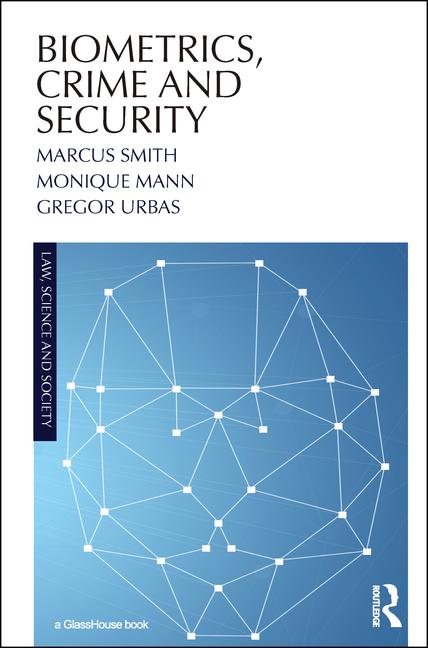A new assessment by Frost & Sullivan predicts that 2010 biometrics market revenues of $4.49 billion will increase to $14.685 billion by 2019, according to an article from Info4 Security.
The main driving force is this growth, the article says, will be the universal adoption on biometric passports as so-called eGates are implemented at borders around the world. The assessment also suggests that biometrics will be seen in IDs, driver's licenses and health cards.
The European Union passed regulations to implement biometrics into EU passports in 2005 to help regulate immigration and respond to security concerns after Sept. 11. However, "slow return on investment, high initial costs and the slow speed of Government procurement procedures have so far meant the adoption has not been particularly expedient. Concerns about privacy have also hindered take-up," the article says.
Research analyst Krzysztof Rutkowski explains in the article: “While the ROI may not be visible at the very outset, once the technology's in place, faster verification and portable devices will decrease the amount of travel required, which will be beneficial in the long-run. Privacy is the main hindrance in Government biometric programmes. Detractors believe that this type of identity verification can be offensive, distasteful, invasive or simply embarrassing.”
As the majority of customers for eGates are governments, the Frost & Sullivan report says that becoming a recognizable player in the biometric market will positively influence the speed of procurement, the article says.
“The civil and military biometric market will be highly influenced by the universal adoption of biometric passports," says Rutkowski in the article. "This will pave the way for the adoption of other measures, such as eGates, that will enhance the biometric possession experience.”





